What is a splitboard?
A splitboard is a snowboard that can be split in half lengthwise, so that both halves can be used as skis for uphill climbing. When the board is split in half, splitboarding is very similar to ski touring, a form of skiing that is focused on exploring undiscovered areas of the mountain. Special ‘skins’ can be attached to the base of the skis for added traction, and just like in cross country skiing, splitboard bindings allow your heels to move freely. Once you have reached the top of the mountain, you can easily re-assemble your board so you can enjoy your well-earned turns in unridden powder. Before the splitboard became popular, freeride snowboarders often carried along a pair of skis or snowshoes on their backcountry adventures. With a splitboard, there is no need to bring along that extra gear, making it easier and less tiring to discover unridden terrain.

Who invented the splitboard?
The splitboard was invented in the 90s by Brett Kobernik. “Kowboy” Kobernik worked closely together with Voile-founder Mark Wariakos to bring the first splitboard kit on the market in 1994. It took some time however, before splitboarding was widely embraced in the snowboard world. In the period 2010-2020 splitboarding became the go-to solution for adventurous backcountry riders. The newfound popularity was caused by technical innovations, including lighter-weight and easier-to-use bindings, and a more affordable price tag. Apart from specialised freeride snowboard companies, a lot of mainstream snowboard companies now also offer good quality splitboards for a reasonable price.
How to get into splitboarding?
If you want to get into splitboarding, you need to get the right gear, a good outfit, and a good condition. Additionally, you need to take safety measures. When you go out of bounds, there is a higher risk of avalanches and accidents, and help is often far away. Therefore, you have to learn about safety risks and bring specific safety equipment. If you are just getting into splitboarding, we advise you to start practising at the side of the slopes. This allows you to gain some experience with disassembling your board, hiking with skins and re-assembling your board before heading down.
What gear do you need for splitboarding?
The main thing you need for splitboarding is a splitboard. You can choose the board size you normally ride, taking into account your weight and riding style. Remember that a bigger board offers more float in powder, which is what you hope to be riding mostly. Besides a board, you need skins and collapsible poles for hiking. For icy conditions and really steep climbs, you can also bring along crampons, a sort of metal spikes that can be mounted to the underside of your bindings. And, as mentioned before, you need safety equipment like an avalanche beacon, probes and a shovel. Lastly, you also need a comfortable backpack to stash all your splitboarding essentials. Don’t forget to pack some snacks and drinks as well, because there probably won’t be a lot of bars and restaurants where you are heading.
Do you need special bindings for a splitboard?
Specific splitboard bindings aren’t essential, but we do recommend them. With a split adapter set, you can mount almost any regular snowboard binding to your splitboard. Splitboard bindings, however, weigh less and are easier to use. And unlike regular bindings, they have integrated climbing bars that allow your heels to be released when climbing.






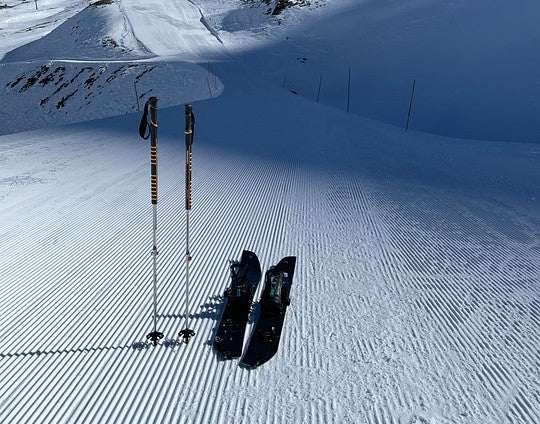
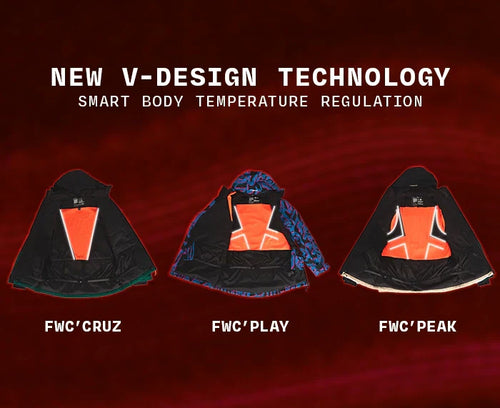
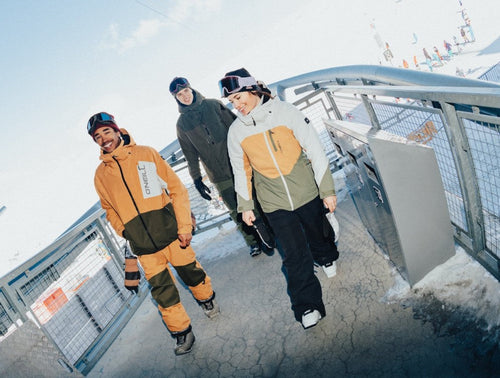
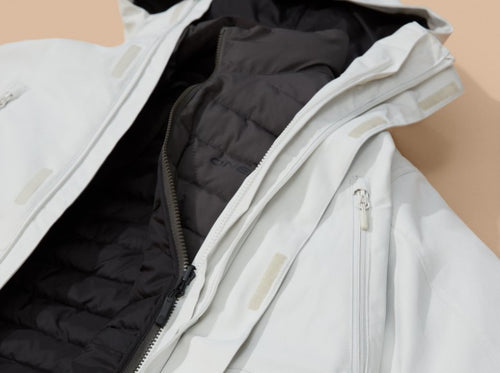
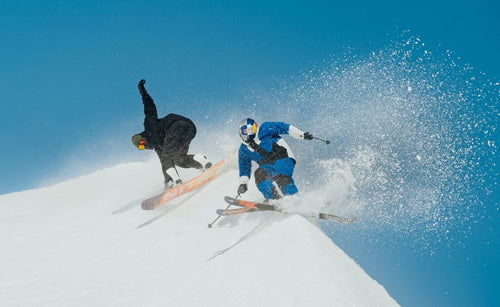
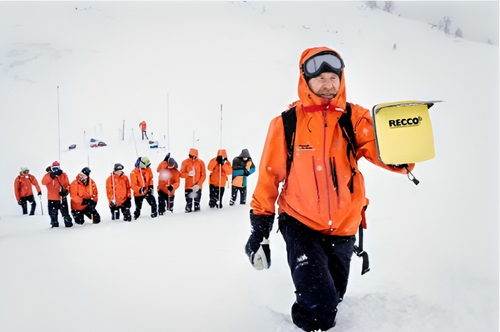
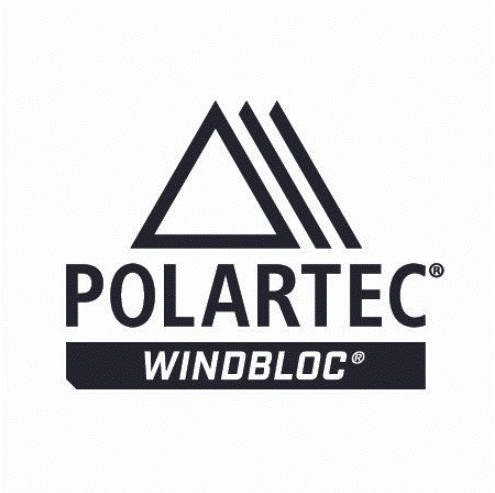
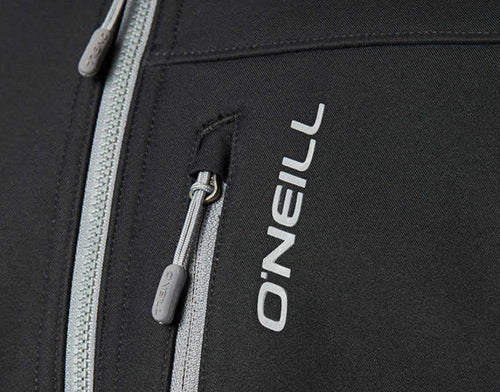
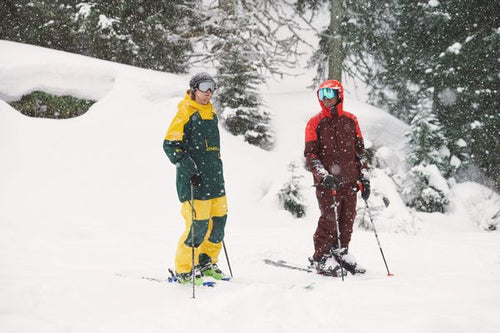
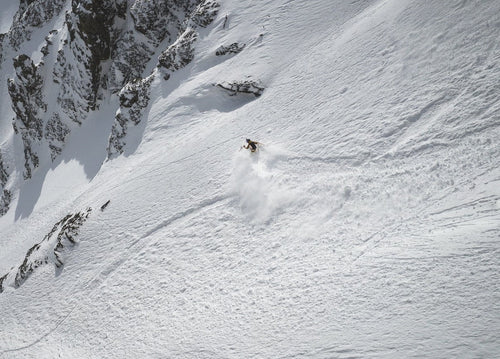
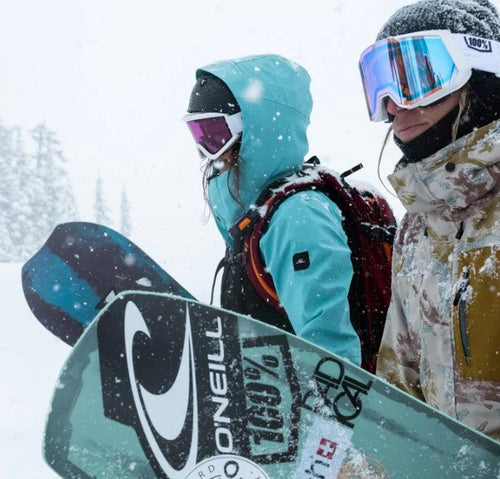
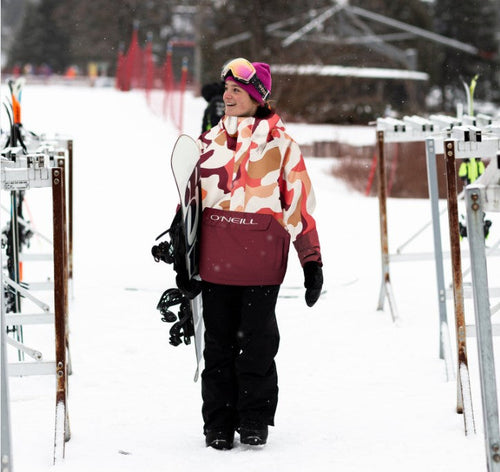
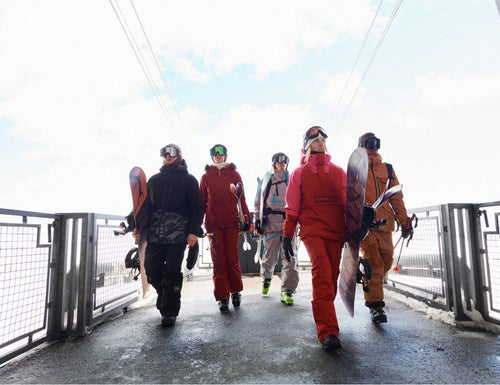
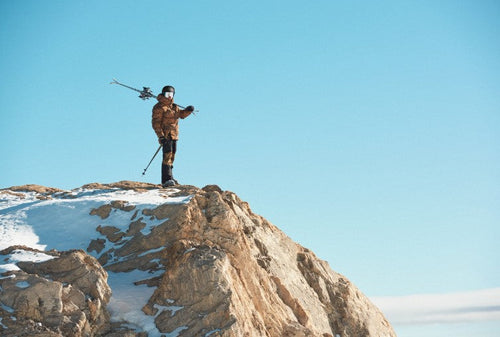
0 comments